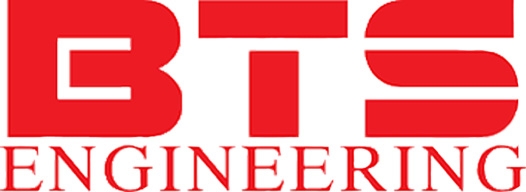
As it was mentioned above (see 1), while providing engineering services on performing energy and technology audit by the Contractor, the method recommended by DDHA (Danish District Heating Association) for energy audits has been partially used. The main point of DDHA method is to narrow down the gross data of energy consumption to the cost parameters, namely to the cost of purchased energy required for technology operation in scheduled conditions.
The efficiency of certain energy and technology measures (hereafter referred to as ETM) is estimated in terms of cost reduction for energy resources purchase. Under the standard conditions, the validity of expenses for certain types of energy resources’ purchase is determined by their part in total annual budget of project or by net sales of a full product range.
On a confidential basis, the sale proceeds value was not available to the Contractor; the validity of certain expenses will be defined as INCOME OF TOTAL COMMERCIAL PRODUCT SALE before the taxpaying, namely EBITDA (abbr. from English: Earnings before Interest, Taxes, Depreciation and Amortization) which is an analytical characteristic that equals to the profit amount before paying tax, amortization expenses as well as interests on credits.
The cost for certain products types, energy reserves is taken based on the free data [5]. Purchase volumes of energy recourses, their cost and purchase cost as well as production volume of commercial products, their cost and sale income, as of the “resection” period, are shown in the Table 5.2.1; in order to assess the economic efficiency of proposed program, the data shown in Appendices is used.
All the calculations are made in EUR excluding VAT or general sales tax.
Average efficiency rates are used for ranking ETM efficiency, the main purpose of which is to determine the order of ETM implementation; in other words – ETM having the efficiency rate above average are offered to be implemented primarily, those with the efficiency rate close to average – secondarily, and those with the efficiency rate below average are offered to be implemented on a tertiary basis.